Farmers are an Aging Population, One Young Farmer has a Vision for Change
For years, Patrick Certain has imagined a gathering space for friends and family, where children in the community could come to learn where their food comes from, where all could join in a shared meal harvested from his garden. His farm would come to be called Stone Soup Garden, which began to take form in spring of 2021. About a dozen or so of Patrick’s friends and colleagues gathered on a pasture to construct a greenhouse, each taking position to battle the wind for control of the plastic cover. “It’s a community effort,” explained Patrick. The ground was freshly thawed and the smell of wet leaves carried across the open field that would be transformed over a few weeks’ time into a half acre garden. Warm coffee in a thermos was passed around during breaks, while friends and acquaintances shared stories and laughter over dirt-covered palms. Patrick has the kind of friends that show up, rain or shine, and expect nothing in return, but every time walk away with arms full of whatever produce is ready.
Video on Stone Soup Garden
Young and beginning farmers face a behemoth of uphill battles when starting out. Capital, land, a client base, equipment, climate, and weather are just a few of the things standing between young people and a dream to provide fresh, local produce to their communities for a living. The average value of an acre of farmland in the U.S. has increased 160% since 2002.
For nearly a decade, Patrick worked and apprenticed with other farms in the area, learning from each experience, until he found land. “One challenge is finding a landowner who is willing to work with your crazy ideas,” said Patrick. Stone Soup found its roots just outside of Laurel, Montana, on leased land. “In a place like Montana where I feel there is more wide open space than anywhere, it’s still extremely hard to find land. And it's expensive,” explained Patrick. This dilemma is echoed nationwide: National Young Farmers Coalition found that access to land is the number one challenge new farmers and ranchers face.
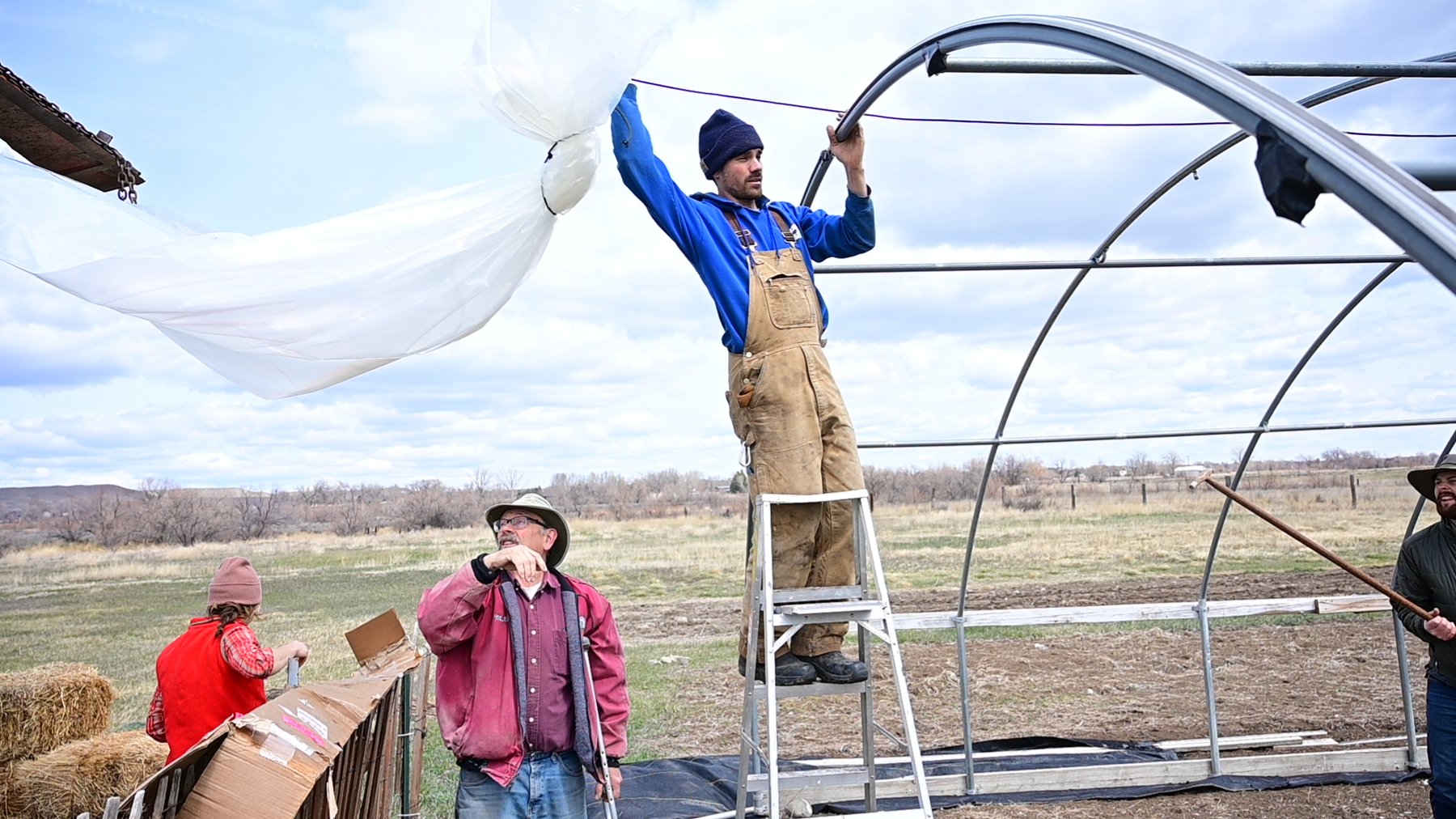

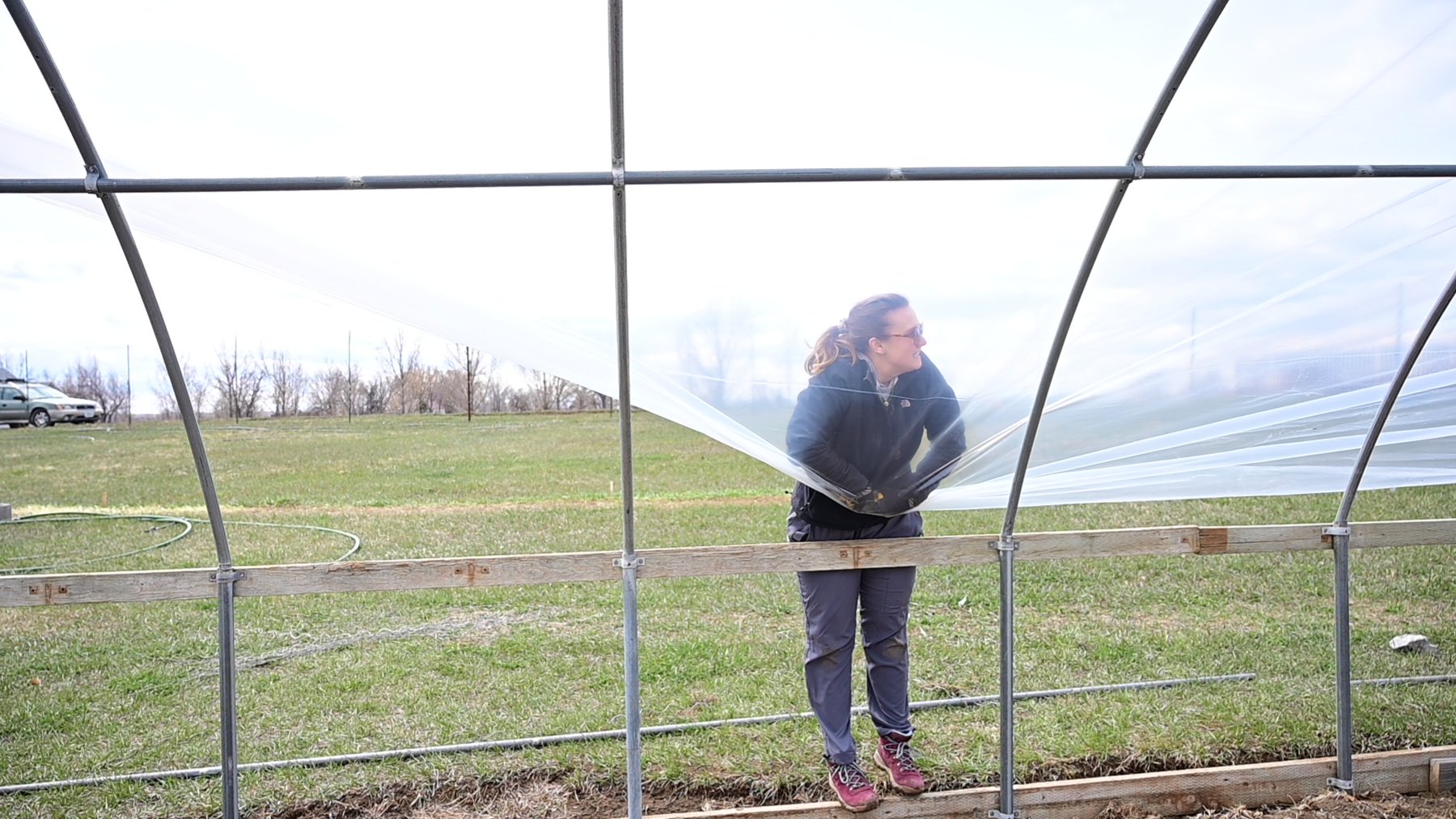
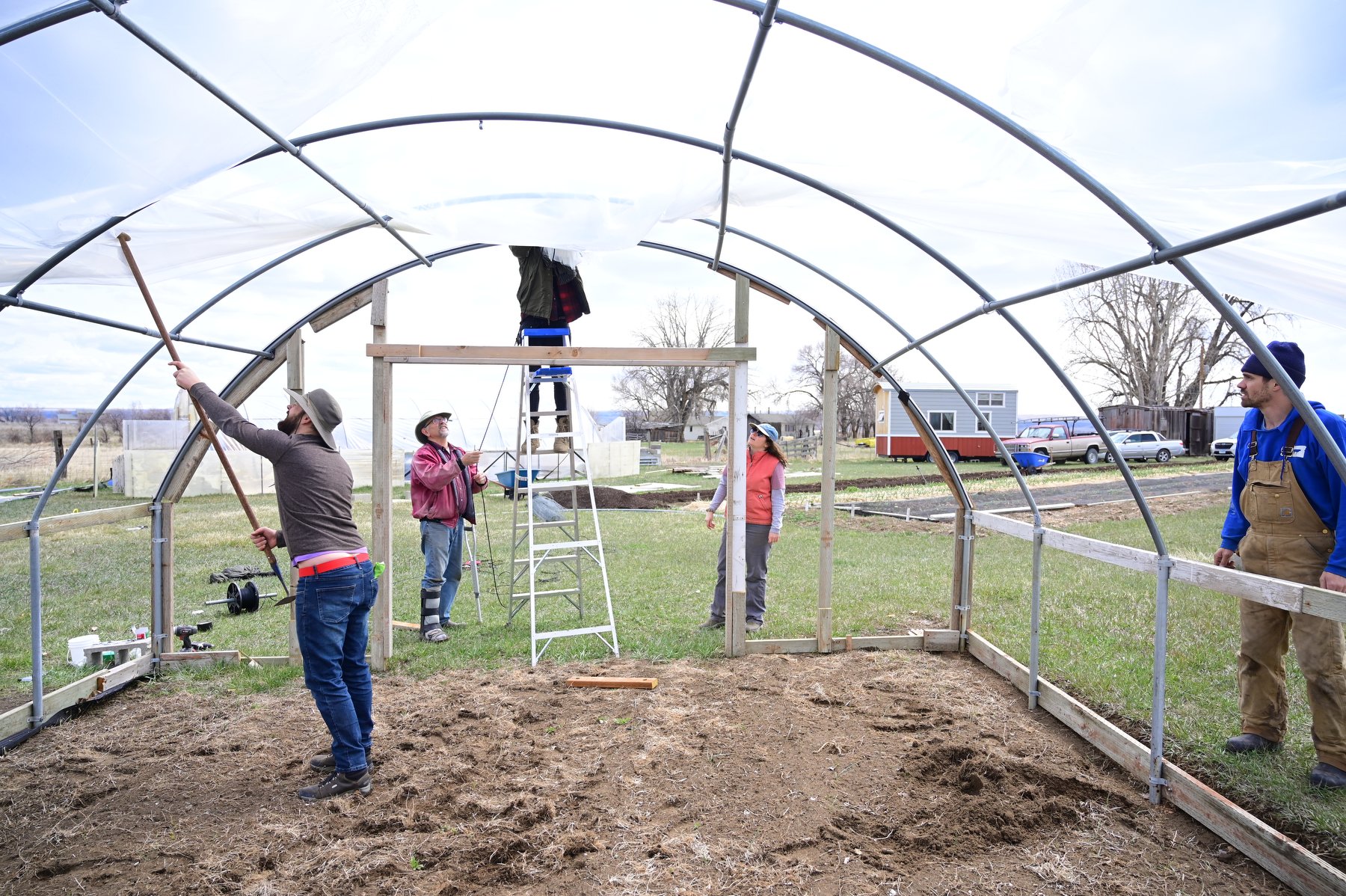
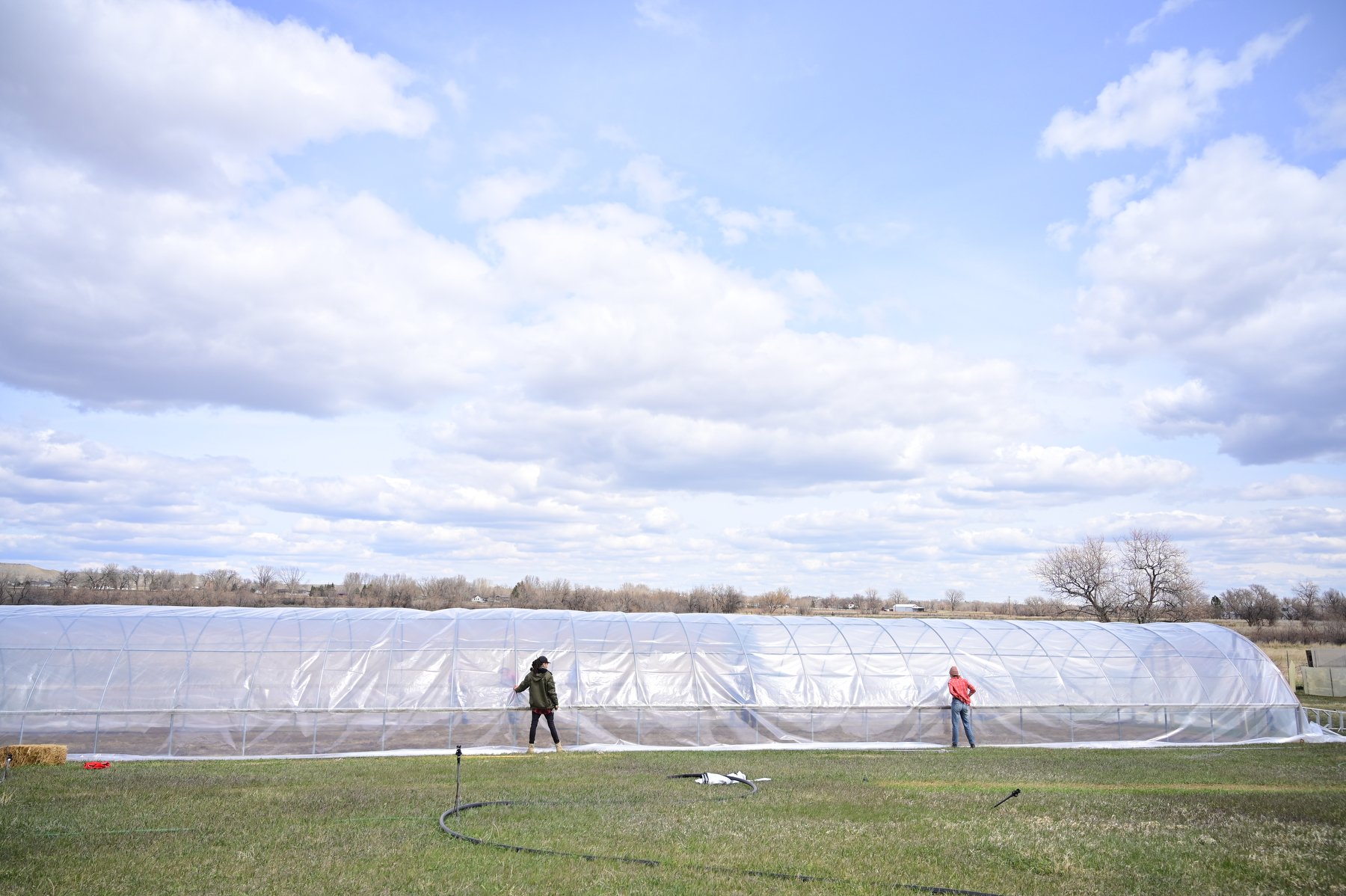
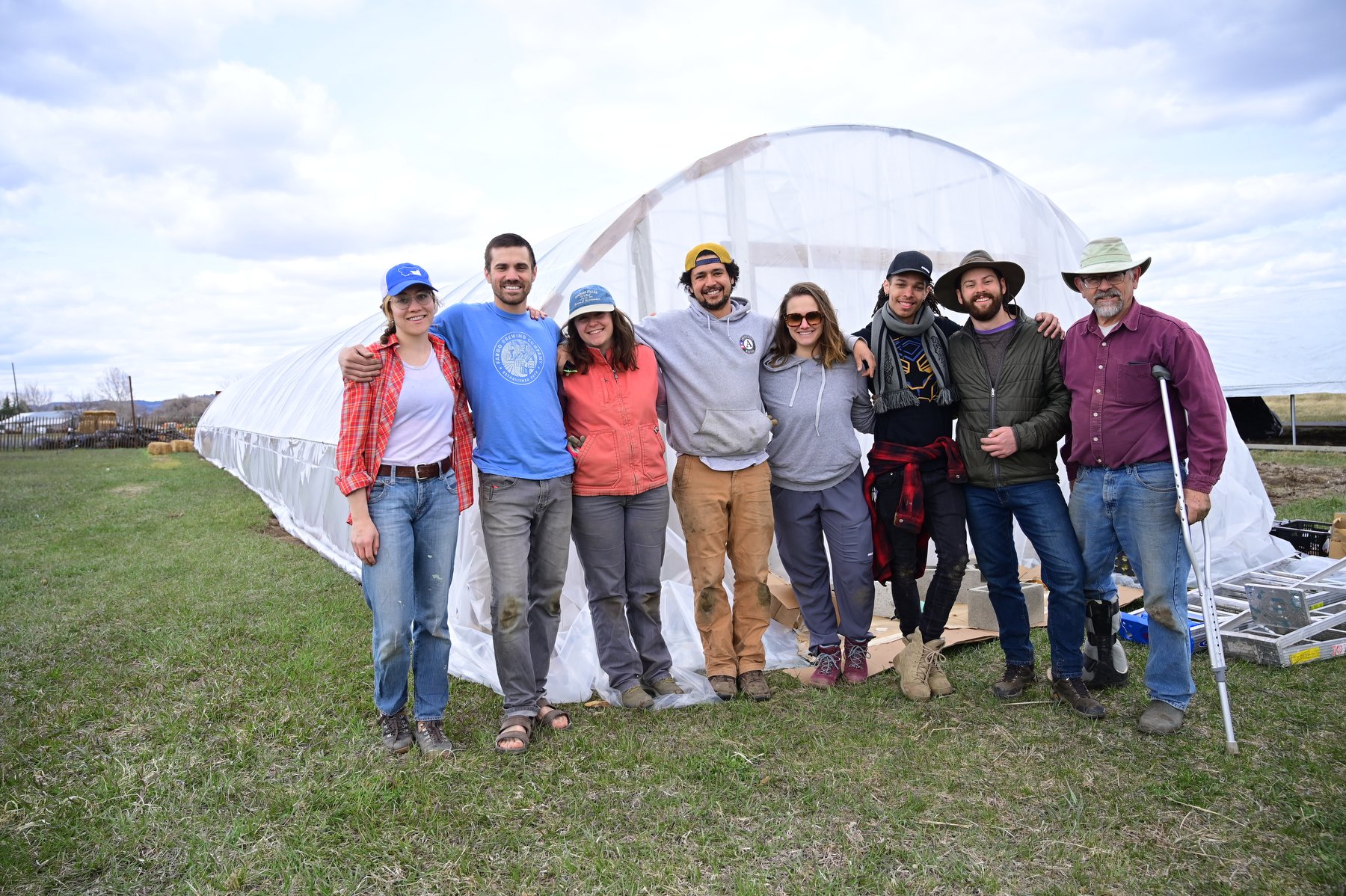
In combination with his savings account, a Kickstarter fundraiser, and a loan from an angel investor who is passionate about sustainable agriculture, Patrick was able to get the funds for the equipment and start-up costs. One of the incentives for his Kickstarter campaign was a share of Stone Soup’s CSA. A CSA is a community-shared agriculture program that allows consumers to buy a “share” of a farm at the start of the season and then receive weekly or bi-weekly boxes of whatever is ready from the garden. Patrick’s hope for the future is to combine sales from a CSA, farmers markets, and selling through Billings’ Yellowstone Valley Food Hub, a farmer-run co-op started by Northern Plains Resource Council (NPRC). Patrick is a member of Northern Plains and was involved in the incubation and organizing effort to launch the Food Hub. “Northern Plains and Stone Soup share the ethos of better outcomes through community engagement,” explained Patrick. “Working with Northern Plains has illustrated time and time again the power of collective action. I’m inspired to let the farm serve as a gathering space for fellow farmers, ranchers, and Montanans of all stripes to share ideas, struggles, inspiration, a meal, and hopefully build a more resilient food shed for south-central Montana.”
This first rendition of Stone Soup Garden is a bit of an experimental endeavor for Patrick. His plan is to take his years of experience from other farms, his connections to people in the community that have specific knowledge with compost and soil, and the community that backed him on Kickstarter to trial run the land. One day, Patrick also hopes to partner with NPRC to host a soil crawl at his farm. A soil crawl is an educational event where farmers and ranchers from around the area gather to learn about the soil health and stewardship practices on other farms, exchanging information and experiences with one another. “Once you strike out on your own, you need to be able to laugh at how inefficiently you're going to end up doing things. if you work for a farmer that's been doing it for 40 years, they've had 40 years to make a bunch of mistakes and learn from them,” explained Patrick. “I expect that it will be several years before I turn any sort of profit.” Patrick still works a job at the Stillwater Mine and plans to do so until his farm is able to support him full-time. According to the U.S. Census of Agriculture, over 52 percent of farmers have a primary occupation other than farming.
Since the 1980’s, the corporate consolidation of farms has resulted in higher than ever prices at grocery stores, while ranchers and farmers get paid smaller and smaller percentages of the profits. Consolidation has not only put 40 percent of family farms out of business since the 80’s but it has caused more challenges for young people born into farming families, often pushing them to leave the farm and seek work elsewhere, leaving industrial agriculture monopolies to take over their markets. Land access, high equipment costs, razor-thin margins, and other challenges that beginning and young farmers face means that older farmers are working later and later.
Patrick attended Montana State University in Bozeman for a degree in Sustainable Foods and Bioenergy Systems, where he decided he wanted to advocate for farming by doing. Even in a community of people who were studying the field of farming and agriculture, Patrick found that he was met with apprehension. Many students in the program had ambitions of working in the non-profit sector, community nutrition, or another specialization: “There was almost this attitude from some other classmates of ‘oh you just want to be a farmer?’ It didn’t sit right with me. We were being told in our classes that farmers are an aging population and that we needed more of them,” said Patrick. The average age of farmers in the United States is 58 and has been steadily increasing. Only 25 percent of farmers today are below the age of 35.
With most of his family still living in Montana, Patrick knew he wanted to start his farm in the area and saw that Billings had a need for more local producers. “Are you sure you want to do this? Farming is hard,” is a sentiment that has followed Patrick all throughout his journey but hasn’t deterred him. “I enjoy mingling with other folks at the farmers market who are facing the same challenges as me, whether that be pests, wind, or drought. We help each other through those adversities,” said Patrick. A week after his first greenhouse went up, wind took it down. During a summer drought, despite an agricultural use-only moratorium, the irrigation ditch that supplies the farm went dry. From salt in the soil to pests eating the crops and more, farming is indeed hard; but for Patrick Certain, his vision for a place to bring people together for the love of good food makes it all worth it.
For Patrick’s vision, it can’t end with Stone Soup Garden. “It’s a rising tide. More farms beget more farms, which beget more consumers for local food,” said Patrick, “It creates a snowball effect and I invite more people to it, because I think it’ll serve us all to have a larger market that we can collectively provide for.” His dream for a hyper-local market would have a smaller carbon footprint, and benefit his neighbors rather than large-scale industrial agriculture monopolies. It looks like a community of farmers who can share equipment and intellectual property alike, and make bulk orders on seeds, soil amendments, and compost. “We need to make it easier for the consumer to reach over at the grocery store and pick the local option,” explained Patrick. “ We can get there through a larger local market.”




